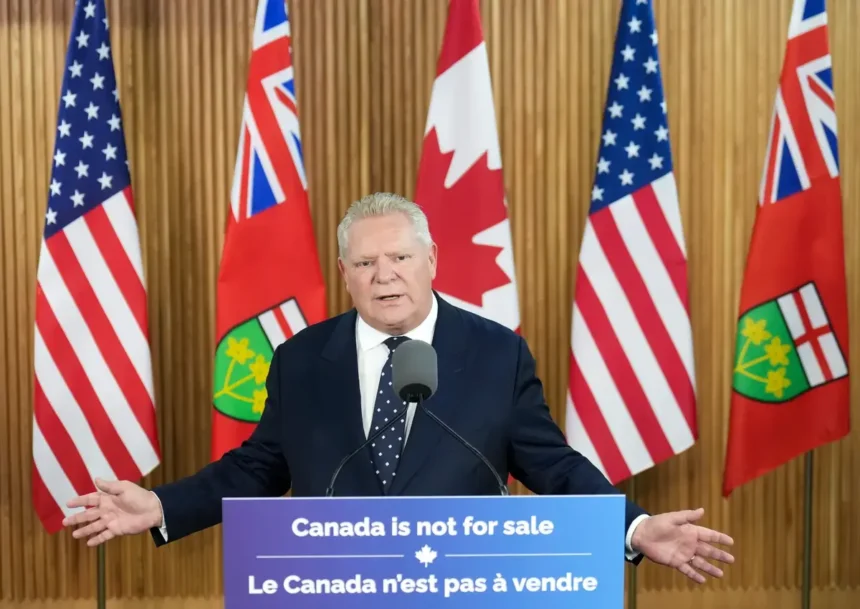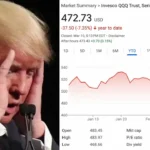Ontario just fired a major shot in the escalating trade war with the U.S. The province has slapped a 25% surcharge on electricity exports, directly impacting millions of American homes and businesses.
This aggressive move comes as a response to President Donald Trump’s tariffs on Canadian goods, and it’s already shaking up cross-border relations.
Ontario’s Bold Move: Why Impose a 25% Surcharge?
Ontario Premier Doug Ford isn’t backing down.
In a fiery press conference, he announced that Ontario would tax every kilowatt-hour of electricity exported to the U.S. The reason? Retaliation.

Ford made it clear: until the U.S. removes its trade restrictions on Canadian exports, this surcharge stays.
Ontario sees Trump’s tariffs as unfair attacks on Canadian businesses, and this move is meant to send a message—Canada won’t be bullied.
Millions of Americans Will Feel the Impact
This isn’t just a political tug-of-war. The surcharge directly affects 1.5 million homes and businesses in New York, Michigan, and Minnesota—states that rely heavily on Ontario’s electricity supply.
What does this mean for them?
- Higher energy bills: Experts estimate an increase of $100 or more per month for affected customers.
- Business struggles: U.S. factories, stores, and offices dependent on Ontario’s power may face rising costs or even reduce operations.
- Revenue redistribution: Ontario plans to use the surcharge revenue to support local industries hit by U.S. tariffs.
Trump Fires Back: Threats and New Tariffs Incoming?
President Trump wasted no time responding. In a blunt statement, he dismissed Canada’s move, labeling Ontario as a “tariff abuser”. But he didn’t stop there.
Trump announced:
- A 50% tariff on Canadian steel and aluminum, striking back at one of Canada’s biggest industries.
- A warning that Ontario will “pay a financial price” for its actions.
- A possible National Emergency on Electricity, aimed at securing alternative energy sources for affected states.
A Trade War That’s Getting Worse
The economic fallout of this dispute is already visible. The stock market took a hit, with the Dow Jones dropping 890 points as investors feared further instability.
Other potential consequences include:
- Supply chain disruptions: Businesses on both sides of the border could struggle to keep up with changing costs.
- Uncertain energy future: U.S. states might be forced to seek out higher-cost alternative energy sources.
- Worsening trade relations: If neither side backs down, more tariffs and surcharges could follow, deepening the crisis.
Could Ontario Cut Off Power Completely?
Doug Ford has hinted at an even more drastic step—completely halting electricity exports to the U.S.
If that happens, American cities and businesses will have to scramble for alternative power, driving up energy costs even further.

Meanwhile, Trump remains defiant, vowing to impose further economic penalties if Canada doesn’t reverse course.
What’s Next? A Cross-Border Showdown
Both sides seem unwilling to budge.
The trade war between Ontario and the U.S. is heating up, and neither Ford nor Trump appears ready to back down.
James is a talented content writer and digital researcher. He focuses on topics like investments, finance, scams, and product reviews. He works hard to uncover the truth behind online claims and explains things clearly. James is also great at spotting scams and sharing honest advice with readers. When he isn’t writing, he enjoys playing chess and basketball, blending his strategic thinking with a love for both quiet focus and active fun.







